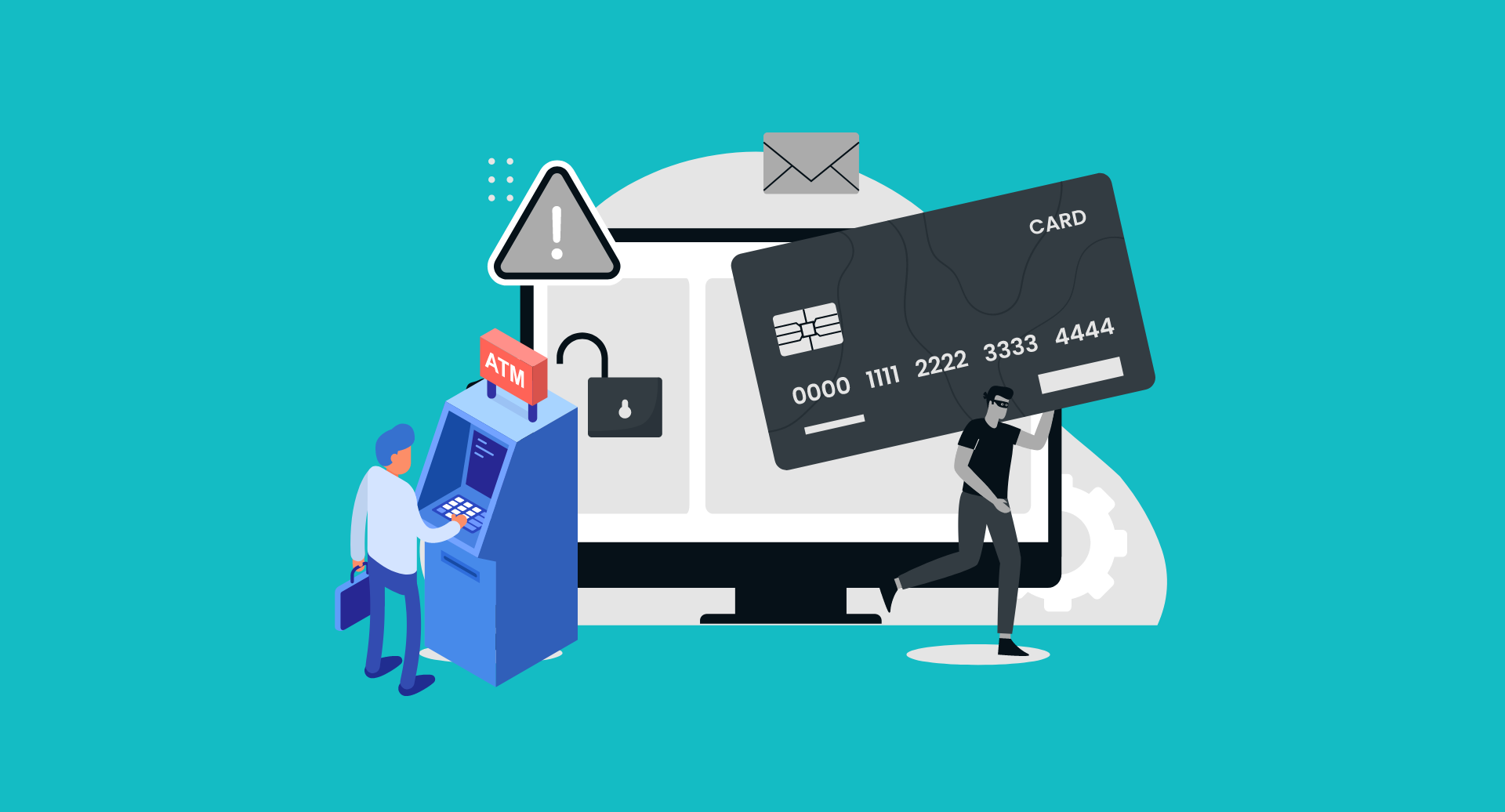In today’s digital age, financial scams are becoming increasingly sophisticated. Among these, fake bank account scams have emerged as a common threat to online users. Cybercriminals deploy clever tactics to trick individuals into divulging sensitive information or transferring money into fraudulent accounts. In this article, we delve into how fake bank account scams work, how to identify them, and the measures you can take to protect yourself from falling victim to such schemes.
What Are Fake Bank Account Scams?
Fake bank account scams involve fraudsters creating counterfeit bank accounts or impersonating legitimate financial institutions to deceive victims. These scams often aim to steal personal information, access funds, or trick victims into making payments.
Some common examples include:
- Phishing Emails: Fraudsters send emails that appear to be from reputable banks, urging you to click on a link to verify your account details.
- Fake Payment Notifications: Scammers send fraudulent payment confirmations, claiming money has been deposited into your account.
- Impersonation Calls: You may receive a call from someone claiming to be a bank representative, asking for sensitive details to “resolve an issue.”
- Fake Banking Apps or Websites: Fraudulent apps or websites mimic those of legitimate banks to capture your login credentials.
How to Spot Fake Bank Account Scams
Knowing how to identify a fake bank account or scam is crucial to staying safe. Here are some key warning signs:
- Unusual Email or SMS Requests:
- Emails or messages urging immediate action, such as verifying your account or updating your personal information, are often scams.
- Look for grammatical errors, generic greetings (e.g., “Dear Customer”), and suspicious email addresses.
- Unsolicited Calls:
- Scammers may call, claiming to be from your bank, and pressure you to provide sensitive information like your account number, PIN, or OTP.
- Legitimate banks never request this information over the phone.
- Suspicious URLs or Apps:
- Fake websites often have slight spelling variations in the domain (e.g., “www.banksecure-login.com” instead of “www.banksecure.com“).
- Only download banking apps from official app stores or your bank’s website.
- Unexpected Payment Notifications:
- If you receive a payment notification for a deposit you didn’t expect, verify it directly with your bank using official communication channels.
- Requests for Money Transfers:
- Be cautious if you’re asked to transfer funds to “secure” or “temporary” accounts. Banks do not operate this way.
Measures to Protect Yourself from Fake Bank Account Scams
Protecting yourself from these scams requires vigilance and proactive measures. Follow these tips to enhance your online security:
- Enable Multi-Factor Authentication (MFA):
- Use MFA for all your online banking accounts. This adds an extra layer of security by requiring verification through an additional device or method.
- Verify Suspicious Communications:
- If you receive an unexpected email, call, or message claiming to be from your bank, contact your bank directly using the phone number on their official website.
- Regularly Monitor Your Bank Statements:
- Check your account statements frequently for unauthorized transactions. Report any discrepancies immediately to your bank.
- Educate Yourself About Scams:
- Stay informed about the latest scam tactics. Many banks and cybersecurity organizations share resources to help customers recognize fraud.
- Avoid Public Wi-Fi for Banking Transactions:
- Public Wi-Fi networks are often unsecured, making it easier for hackers to intercept your data. Use a VPN or your mobile network for secure transactions.
- Secure Your Devices:
- Install antivirus software and keep your device’s operating system and apps updated. This minimizes vulnerabilities that scammers could exploit.
- Be Cautious with Links:
- Avoid clicking on links in unsolicited emails or messages. Instead, type the bank’s official website URL directly into your browser.
- Use Strong Passwords:
- Create unique, complex passwords for your online banking accounts and avoid using the same password across multiple platforms.
What to Do If You Suspect a Fake Bank Account Scam
If you suspect you’ve been targeted by a fake bank account scam:
- Cease All Communication:
- Stop interacting with the scammer immediately. Do not share any additional information.
- Report the Incident:
- Notify your bank and provide them with all relevant details.
- Report the scam to your local authorities or a cybercrime reporting agency.
- Secure Your Accounts:
- Change your online banking passwords and monitor your accounts for unauthorized transactions.
- Warn Others:
- Share your experience with friends and family to prevent them from falling victim to similar scams.
Conclusion
Fake bank account scams are a serious threat, but by staying informed and vigilant, you can protect yourself from becoming a victim. Always verify communications from your bank, use strong security measures, and report suspicious activity immediately. Remember, your awareness and proactive actions are your best defense against financial fraud.














